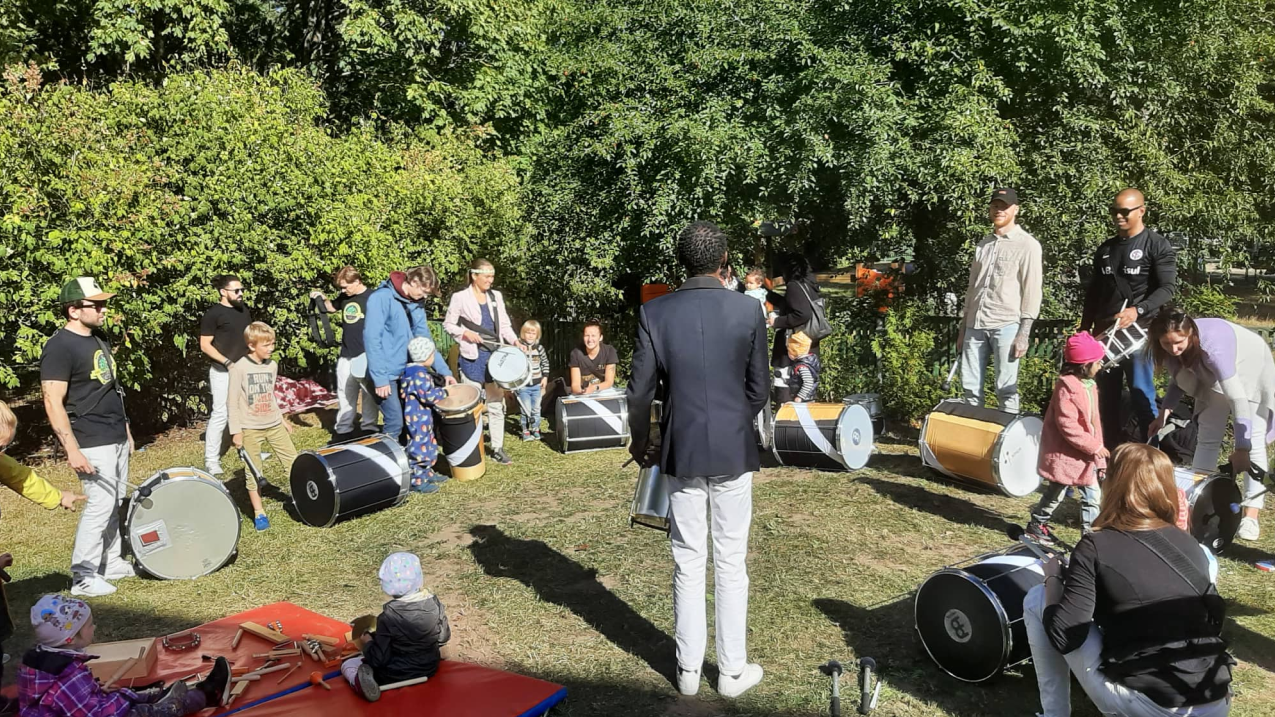Celebrated on April 23rd, in folk tradition it marked the time when the toxins of winter were expelled from the soil.
It's a day that also brings a perplexing combination of historical events together. On one hand, it's a religious day. Saint George was a personal guard of Roman emperor Diocletian. He was martyred in the 4th century for not renouncing his Christian beliefs. Saint George became a representation of Christianity's rapid growth. He later became a symbol of the eradication of paganism, symbolized by the legend in which he slays a dragon.
This allegory has parallels to the war to eliminate paganism in Estonia during the Livonian Crusade of the 13th century.
On the other hand, this day has a rebellious tone. On the night of April 23rd, 1343, an insurrection was started against the Danes and Germans who occupied what was then the Duchy of Estonia. Fighting continued until 1345, when Teutonic knights marched in and ended the uprising. The following autumn, Estonia was sold by King Valdemar IV of Denmark to the Teutonic Order for 19,000 marks.
In a way, it's fitting that the name Jüri/George would be associated with this day, because the name comes from the Greek georgos, which means “farmer” or “earth worker.” In the times of manors and serfs, this day was when labour contracts ended, signalling the turn of a new economic period. Likewise, it was the day that a new year of unpaid service to a feudal lord would begin. Either way, it's a day associated with upheaval and the shifting of time.
Maybe we can shift the day's meaning and rituals into a more contemporary context? Jüripäev happens to be closely followed by Volbriöö (Walpurgis Night) on April 30th, so it can be seen as a kick off to a new period of celebration and growth. If you live in Newfoundland and Labrador, the closest Monday to St. George's Day is a provincial holiday, so there's even more cause for celebration!
Estonians have celebrated the holiday by observing a number of land-based practices.
Jüripäev was a day of ploughing and planting new crops. Have you been waiting to re-pot some plants by your window or in your back yard? Now's a good time to shift that plant or sow those seeds.
Garbage used to be burned on a jürituli bonfire. If you have a fire pit, maybe there are some twigs and yard debris that you can get rid of?
Up to the early 1900s, women would simulate the laborious process of making butter from milk, while reciting special poetry about the process. Estonian band Trad.Attack! actually created a song called “Kooreke” (“Precious Cream”) that featured a chant like this, with the recorded voice of Liisa Kümmel. Whisk up some milk or cream while you sing along, and then enjoy the finished product afterwards on a dessert.
People used to wash their faces with birch sap or snow and take a bath before or on the day of Jüripäev, to reinforce the health of their skin and prevent sun damage. Even if you don't have birch trees or fresh snow where you live, it could be time to freshen up for the summer.
Better yet, Jüripäev is an opportunity to freshen up our daily routines in a fun way.
This article was written by Vincent Teetsov as part of the Local Journalism Initiative.




